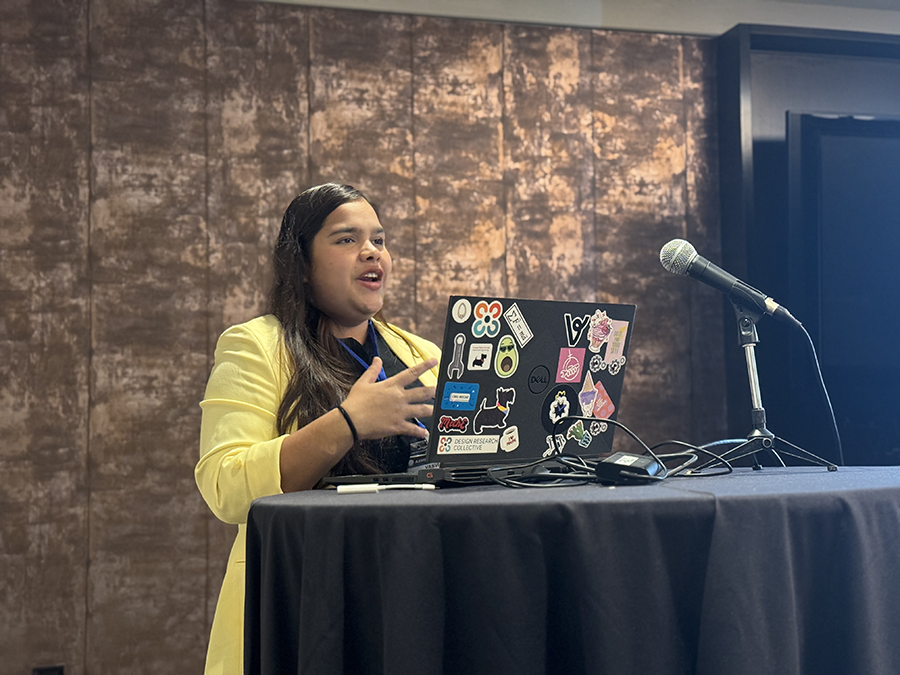Putting the ghost in the machine
To build AI teammates that better reflect human designers, Chris McComb is emulating cognitive styles in large language models.
A work environment that supports diverse problem solvers is a nonnegotiable of successful design teams. Chris McComb, expert on human-AI teaming, and his team of researchers are bridging the cognitive gaps between members of a team by incorporating cognitive styles into large language models, empowering teams to more easily harness individuals’ unique strengths.
“Broadly speaking, we are so caught up with humanoid robots because so much of our world is built for human-shaped things,” said Chris McComb, associate professor of mechanical engineering at Carnegie Mellon. “So, when we think about what AI should look like for designers, it needs to be designer-shaped, which means that it needs to be reflective of different problem-solving styles.”
Based on the cognitive continuum introduced by Kirton’s Adaption-Innovation theory, McComb’s team prompted an off-the-shelf large language model to emulate two cognitive styles—adaptive and innovative—while generating solutions to design problems. More adaptive thinkers prefer to solve problems with a highly-structured process, whereas more innovative thinkers prefer a more flexible structure to solve problems with groundbreaking ideas.

Vasvi Agarwal presenting the research at the ASME IDETC 2024 conference
Vasvi Agarwal, first author of the paper published in the ASME Journal of Computing and Information Science in Engineering, explained that the team used a zero shot prompting method to get design solutions, demonstrating that the model can adopt a cognitive style with little guidance. It produced designs as both a more adaptive thinker and a more innovative thinker for a lidded food container that could be opened using only one hand, a lightweight, portable exercise machine that could be used while traveling, and a way to secure people’s belongings in public.
Researchers found that designs produced under the adaptive prompt were more feasible—just as seen in human designers. Likewise, designs produced under the innovative prompt were more paradigm-breaking—again emulating human characteristics. Agarawl believes that though some of the innovative designs were “out of the box,” the LLMs can be fine-tuned for better results.
“The main purpose of this study was to advance human AI teaming,” she said. “By using AI on design teams, we can decrease workload and generate more innovative solutions.”
We’re pushing forward not just language models for design but a new paradigm of design research.
Chris McComb, Associate Professor, Mechanical Engineering
“The world is so exciting when it comes to AI right now. We’ve reached a point where it’s much easier to build systems and test how designers interact with them,” said McComb. “This work is indicative of a paradigm of research that is rapid and iterative and engaged with users. We’re pushing forward not just language models for design but a new paradigm of design research.”
